Hidden in Plain Sight: How Pan-African Group The East Shaped Brooklyn
The East, a former community organization once housed at 10 Claver Place in Bed Stuy, left a long if under-acknowledged influence on the neighborhood and its residents.

Uhuru Sasa Shule students pose outside their school in the late 1960s or early ‘70s. Photo by Osei T. Chandler via Black-Owned Brooklyn
When the filmmakers Cynthia Gordy Giwa and Tayo Giwa first learned about The East, a former community organization once housed at 10 Claver Place in Bed Stuy that left a long if under-acknowledged influence on the neighborhood and its residents, they found the story hard to shake.
“Particularly the fact that — for everything that The East created, and despite the role they played in the Black Power Movement nationally and globally, and despite all the ways they’ve influenced the culture of Black Brooklyn to this day — their story isn’t widely known,” Cynthia said.
That is changing with the debut earlier this year of “The Sun Rises in the East,” a feature-length documentary directed by Tayo and produced by Cynthia. Tracing the space’s history from its inception in 1969 in the wake of the New York City teacher’s strike — Jitu Weusi, one of the founders of The East and for many its guiding spirit, was a public school educator who supported more community control over the curriculum — to its eventual shuttering in the mid-1980s, the film is both a vital history lesson and a clarion call to a younger generation looking to build strong community institutions that reflect the needs and desires of its Black residents.
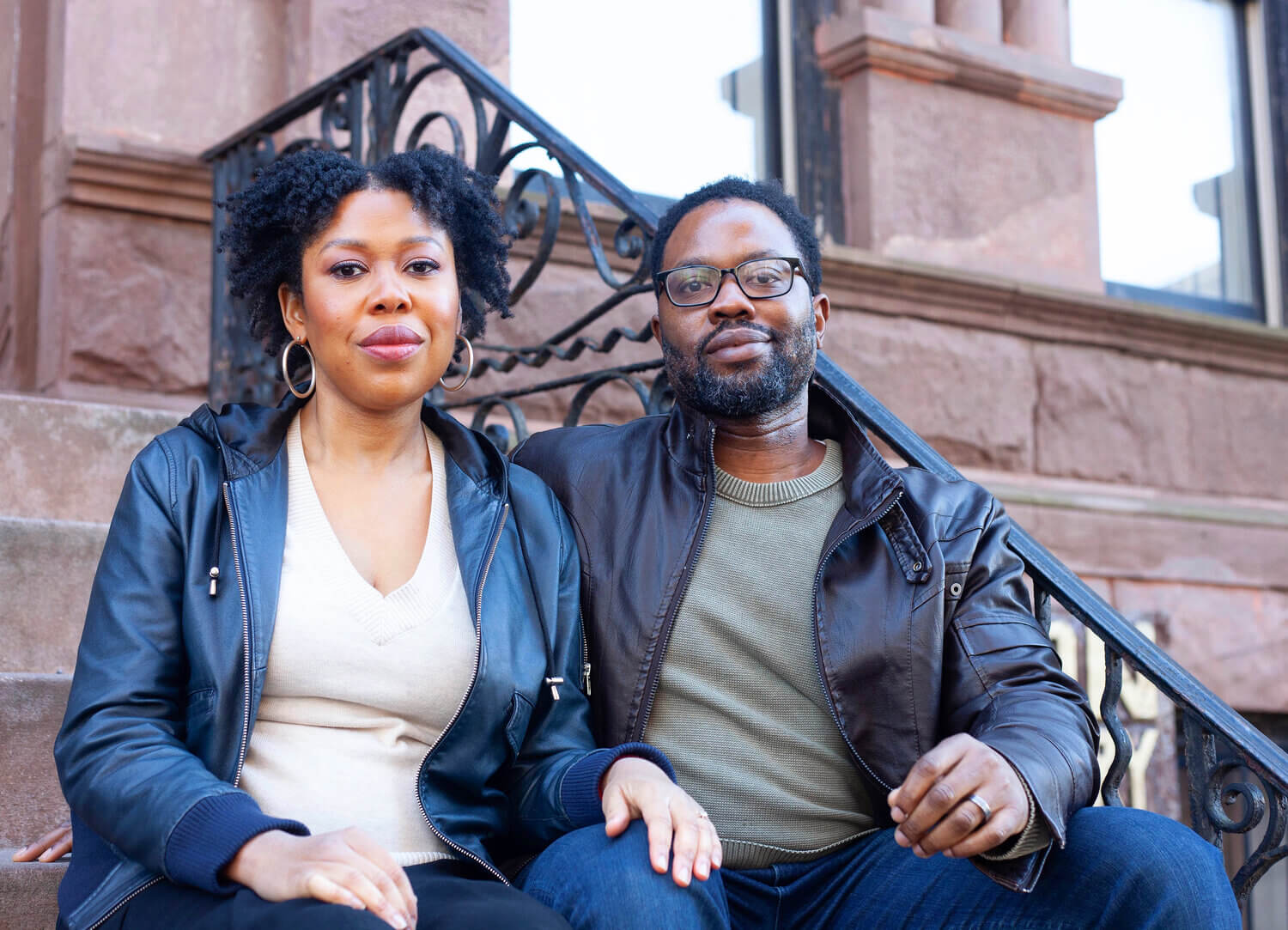
“The East was founded over 50 years ago, and to this day we still see its impact in our community,” Tayo said. “When we reached out to former members of The East, the general sentiment was of genuine support for this project – that this is a story that needed to be told, and sharing this story with the broader public was long overdue.”
But “The Sun Rises in the East” isn’t simply the inspiring story of local activists. “Although members of The East were out in the streets protesting racial injustice and building strong community institutions, they were simultaneously focused on tackling white supremacy at its psychological root,” Tayo said. “How do you shape Black minds? How do you shape Black aspiration and belief in self? What role can education and culture play in our liberation?”
These questions were addressed through the sheer amount of activity The East produced in a short amount of time. There was a performance space that welcomed poets and jazz musicians — the saxophonist Pharoah Sanders recorded a live album there in 1972 — a restaurant, food co-op, school, publishing house and community meeting place. Retail spaces associated with The East opened all around the neighborhood.
The activity around The East was uniquely prescient for the Giwas. In 2018, they created Black-Owned Brooklyn, a website and social media account that documents the stories behind local Black-owned businesses amid swift neighborhood change. When they began interviewing former members of The East, they found a deep, personal connection to work they were already engaged with on a local level. The film shows the remarkable ongoing impact of the organization: Former members, inspired by the passion of The East, went on to open local businesses, some of which still exist today.
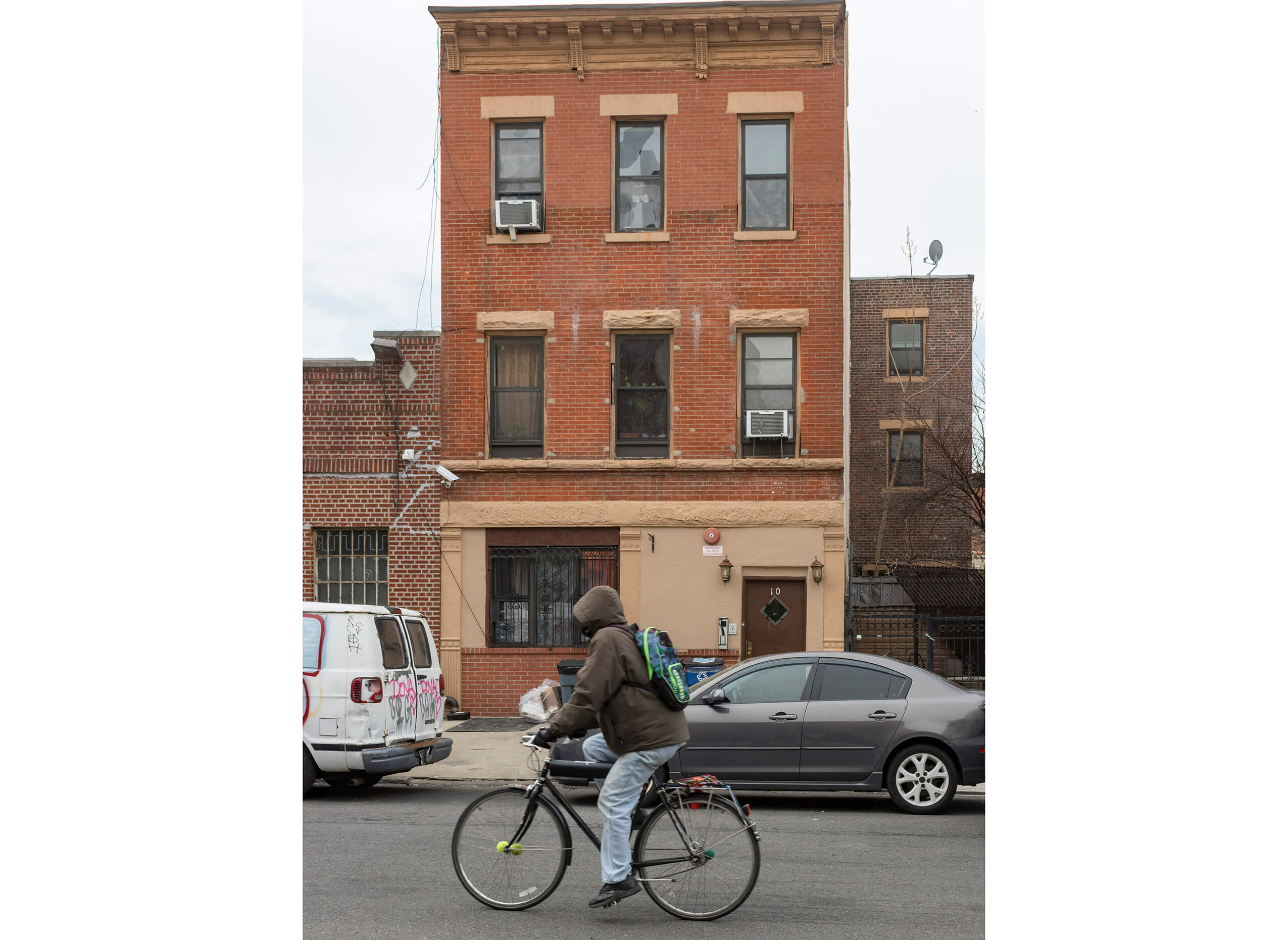
“The East should get some credit for laying ground for a thriving Black business community that continues to this day in central Brooklyn,” Cynthia said. “In fact, central Brooklyn has one of the highest concentrations of Black-owned businesses in the United States, and we don’t think that’s a coincidence.”
Several outdoor community screenings of the documentary are being planned this summer in Brooklyn, and the film will travel the film festival circuit through the end of the year.
Following “Soul Summit: Doin’ It in the Park,” a short film about the annual free summertime house music dance party in Fort Greene Park the duo released in 2020, and now with “The Sun Rises in the East,” the filmmakers see all their work related to a larger, shared mission.
“Our goal is to tell important and timeless Black stories, wherever they may be,” Tayo said. “On the whole, what we’re striving to accomplish by documenting local Black history and culture is to help ensure that these contributions are understood, celebrated and, ultimately, preserved.”
Editor’s note: A version of this story appeared in the Spring/Summer 2022 issue of Brownstoner magazine.
Related Stories
- Film Chronicles Fort Greene Park’s Iconic Soul Summit Dance Party
- The Weeksville Heritage Center Looks to the Future With a Focus on Art and Community
- Making History: A Community Writing Project Brings Together a Brooklyn Neighborhood
Email tips@brownstoner.com with further comments, questions or tips. Follow Brownstoner on Twitter and Instagram, and like us on Facebook.


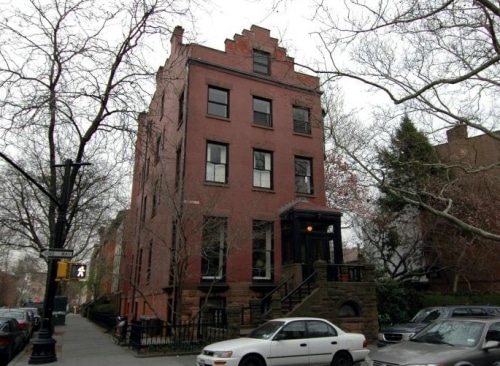
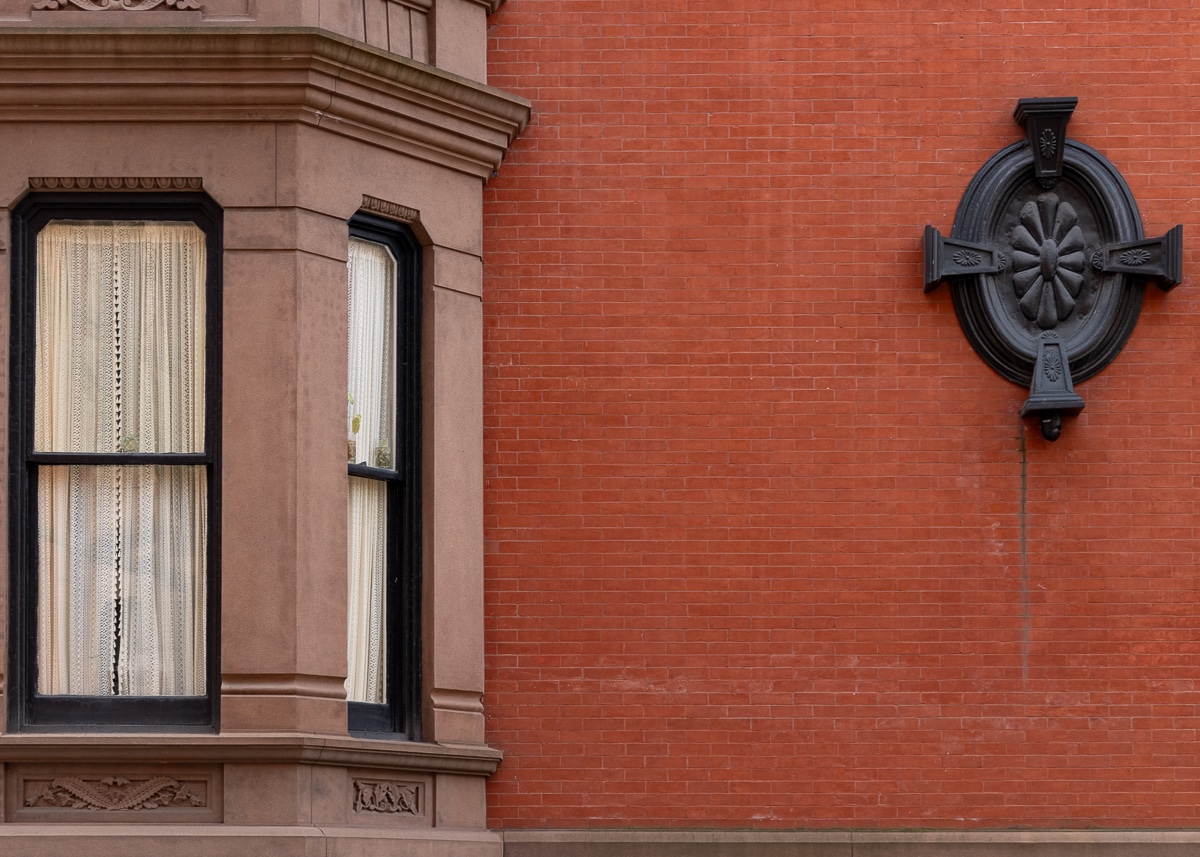
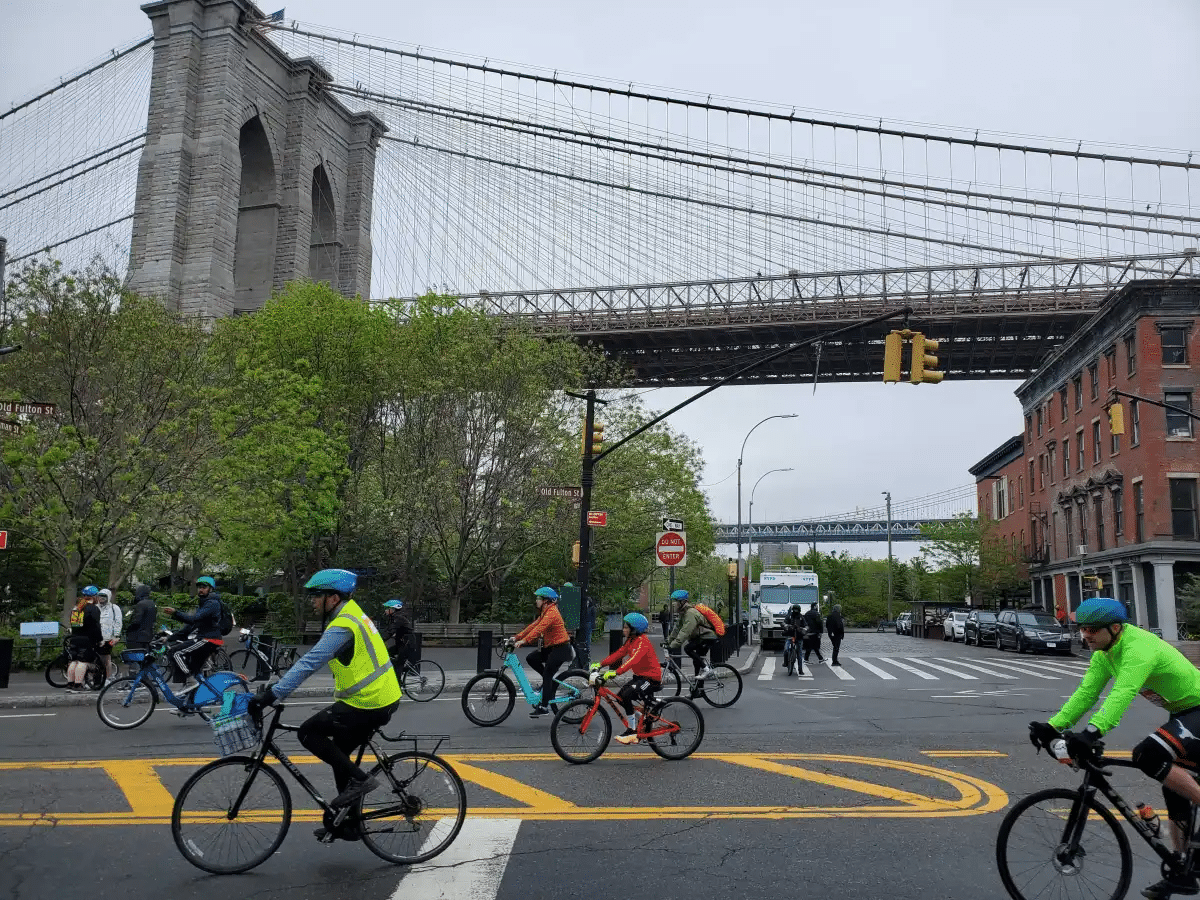




What's Your Take? Leave a Comment